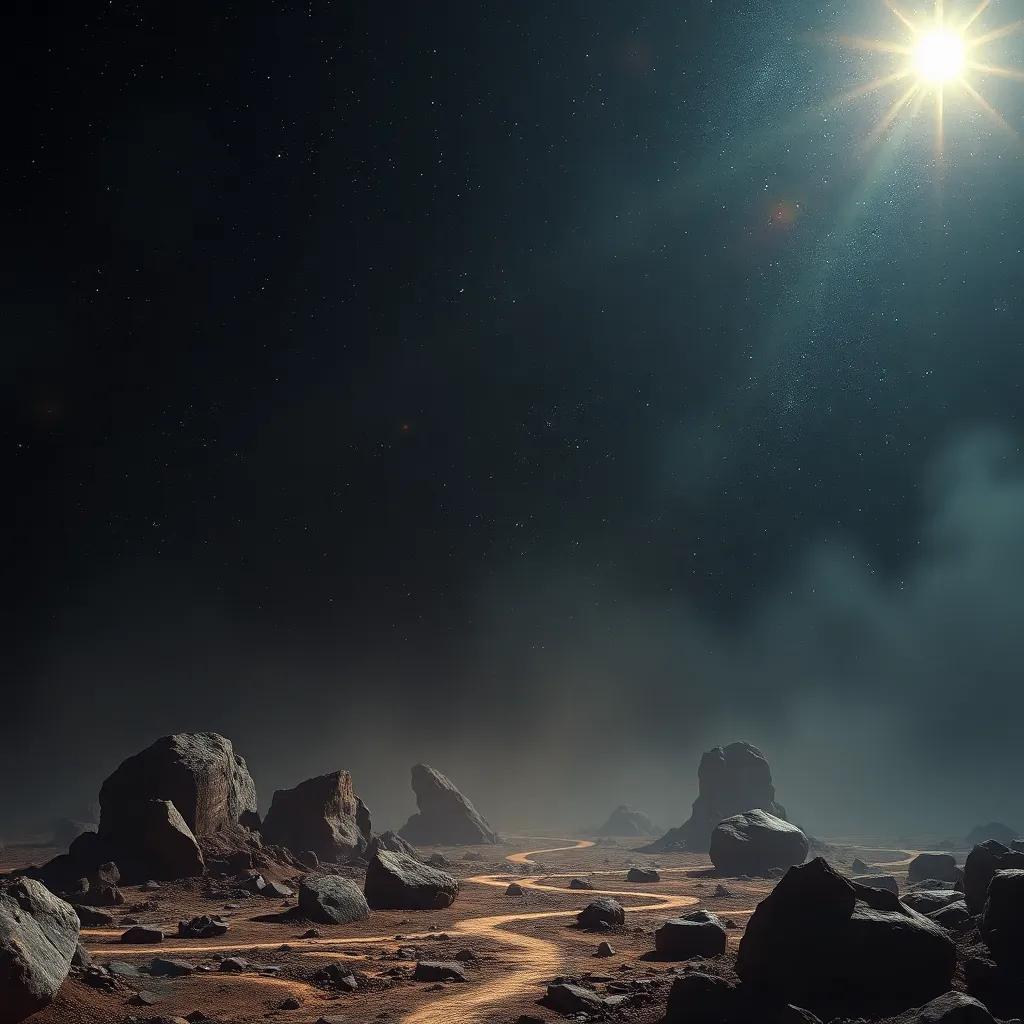Table of Contents
Cosmic Mystery Unveiled

Have you ever wondered what hidden truths lie within the dense cores of neutron stars? These stellar remnants, some of the most extreme objects in the universe, have a lot to tell us about the cosmos and its ultimate fate. Understanding them is crucial as we piece together the puzzle of our universe’s beginning, evolution, and end. We’ll explore their formation,the role they play in the life cycle of galaxies,and how they might hint at the universe’s future.
The Birth of Neutron Stars
Neutron stars are born from the explosive deaths of massive stars in supernova events. When a massive star exhausts its nuclear fuel, it undergoes catastrophic collapse under its gravity, resulting in a compressed core where neutrons dominate.
- Density: Neutron stars can exceed the mass of the sun while fitting within a radius of just about 10 kilometers. This extreme density means that a sugar-cube-sized amount of neutron star material would weigh around 6 billion tons on Earth.
- Magnetic Fields: Neutron stars possess magnetic fields that can be up to a trillion times stronger than Earth’s, causing them to emit beams of electromagnetic radiation.
- Pulsars: Some neutron stars are pulsars, rotating rapidly and emitting regular pulses of radiation-imagine a cosmic lighthouse.
Neutron stars represent an intersection of astrophysics and relativity, offering vital clues about fundamental forces. Understanding how they form and evolve enriches our knowledge of the universe’s life cycle. As we delve deeper, we can start to unravel how these cosmic legends might shape our universe’s destiny.
Probing Cosmic Evolution
Neutron stars also play a key role in the chemical evolution of galaxies. Their explosive supernova deaths sprinkle heavier elements into the interstellar medium, contributing to the formation of new stars and planets.
| Element | Production Source | Significance |
|---|---|---|
| Iron | Core-collapse supernovae | Essential for planet formation |
| Gold | Neutron star mergers | Valuable in cosmic contexts |
| Uranium | Rapid neutron capture (r-process) | Important for understanding nucleosynthesis |
When two neutron stars collide, the result is not just gravitational waves, but also the creation of heavy elements like gold and platinum. Such events are rare but spectacular, dramatically illustrating how neutron stars contribute to the tapestry of the universe’s material constituents. This cosmic recycling is crucial for fostering life and supporting the ongoing evolution of galaxies. Ultimately, studying these interactions allows us to better understand the intricate dynamics that govern our universe’s fate.
Echoes of The Future
As neutron stars continue to be observed,they give us tantalizing insights into the universe’s future. The decay of their magnetic fields and the eventual cooling of their surfaces provide clues about the fate of all stars, hinting at possibilities such as the formation of black holes or the ultimate cold death of the universe.
Detecting gravitational waves from neutron star mergers and understanding the physics behind these events can definitely help predict how similar phenomena might affect cosmic structures in the long term. Each discovery adds a piece to the puzzle of how cosmic evolution is intertwined with these stellar remnants. The knowledge we gain here has far-reaching implications, from understanding our own existence to contemplating the end of everything.
Starry Outlook Ahead

neutron stars are not just celestial oddities; they are vital to understanding our universe’s past, present, and future. Their dense compositions and explosive histories offer valuable lessons about cosmic evolution. The biggest takeaway? Neutron stars challenge our perceptions and push us to look deeper into the mysteries of the universe.
Reflect on the profound connections between these stellar bodies and the fabric of our cosmos. Could the secrets they hold redefine humanity’s understanding of existence?



